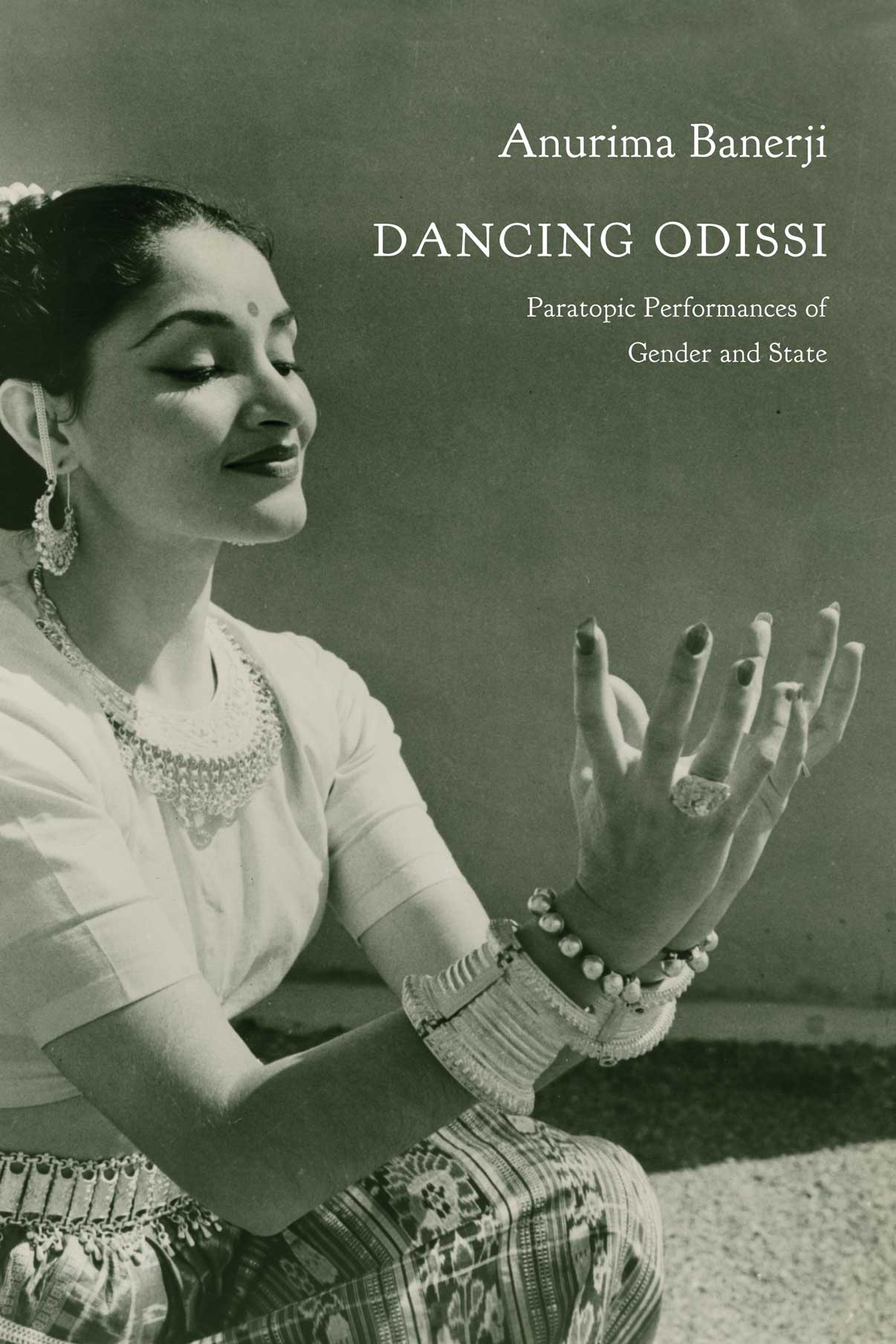Dancing Odissi
Winner of the de la Torre Bueno Prize 2020 for writing in the field of dance studies
‘The book offers what is to-date the most comprehensive view of the history of this Indian dance form across ancient, medieval, colonial, and postcolonial periods. Moreover, it proposes new frameworks from which dance studies can impact other fields. [. . .] The author’s voice alternates between close empirical examinations, grounded theoretical discussions, and poetic evocations of the dance and its representations. Scholars, dancers, and students will find both critical knowledge and pleasure in the invitation to approach history from an impassioned, rational perspective, on the one hand, and a sense of informed wonder, on the other. This book sets a gold standard for dance historiography and will be a seminal text in South Asian studies for years to come.’—Shanti Pillai, TDR: The Drama Review
Odissi holds iconic status as one of the eight classical dance forms recognized and promoted by the Indian government. Dancing Odissi traces the dance’s transformation from its historical role as a regional artistic practice to its modern incarnation as transnational spectacle, with a focus on the state’s regulation of the dance form and the performances of gender embedded within it. Using an interdisciplinary approach that brings together social history, political theory, and dance and performance studies, the book explores three original themes: the idea of the state as a choreographic agent; the performance of ‘extraordinary genders’, or those identities and acts that lie outside everyday norms; and the original concept of the ‘paratopia’—a space of alterity produced by performance. Through an investigation of these themes, the author explores how Odissi has shown the potential to challenge dominant cultural imperatives in India.
‘Dancing Odissi presents a rigorous methodological approach that is culturally situated in the praxis of Odissi while presenting an alternative to existing dance-history models. Positioning herself as an insider, Banerji challenges the dominant narratives of Odissi via insights drawn from fieldwork, material culture, and dance repertoire. [. . .] By demonstrating Odissi's undifferentiated reverence for inscription, embodied motion, and material remains, Banerji provides an alternative to the Eurocentric dance history model.’—Kaustavi Sarkar, Dance Research Journal
‘Not limiting the history to individual performers, their process and practice, the book focuses onlaying the historiography through dance communities, the sociopolitical relations and social processes, which produce dance and the dancing body. The book is an important resource not only for dancers and dance scholars, but also for those invested in the interdisciplinary studies of history, ethnography, cultural practices, gender, performance, state, law and body.’—Aastha Gandhi, Theatre Research International.
If you are ordering from India, your order will be shipped from Seagull Books, Calcutta.
If you are ordering from the US or the UK or anywhere else in the world, your order will be shipped from the University of Chicago Press' distribution centre, Chicago.
Please note: For customers paying in currencies other than Indian rupee or US dollar, prices will be calculated according to the currency conversion rate at the time of purchase and may vary from the printed price.









